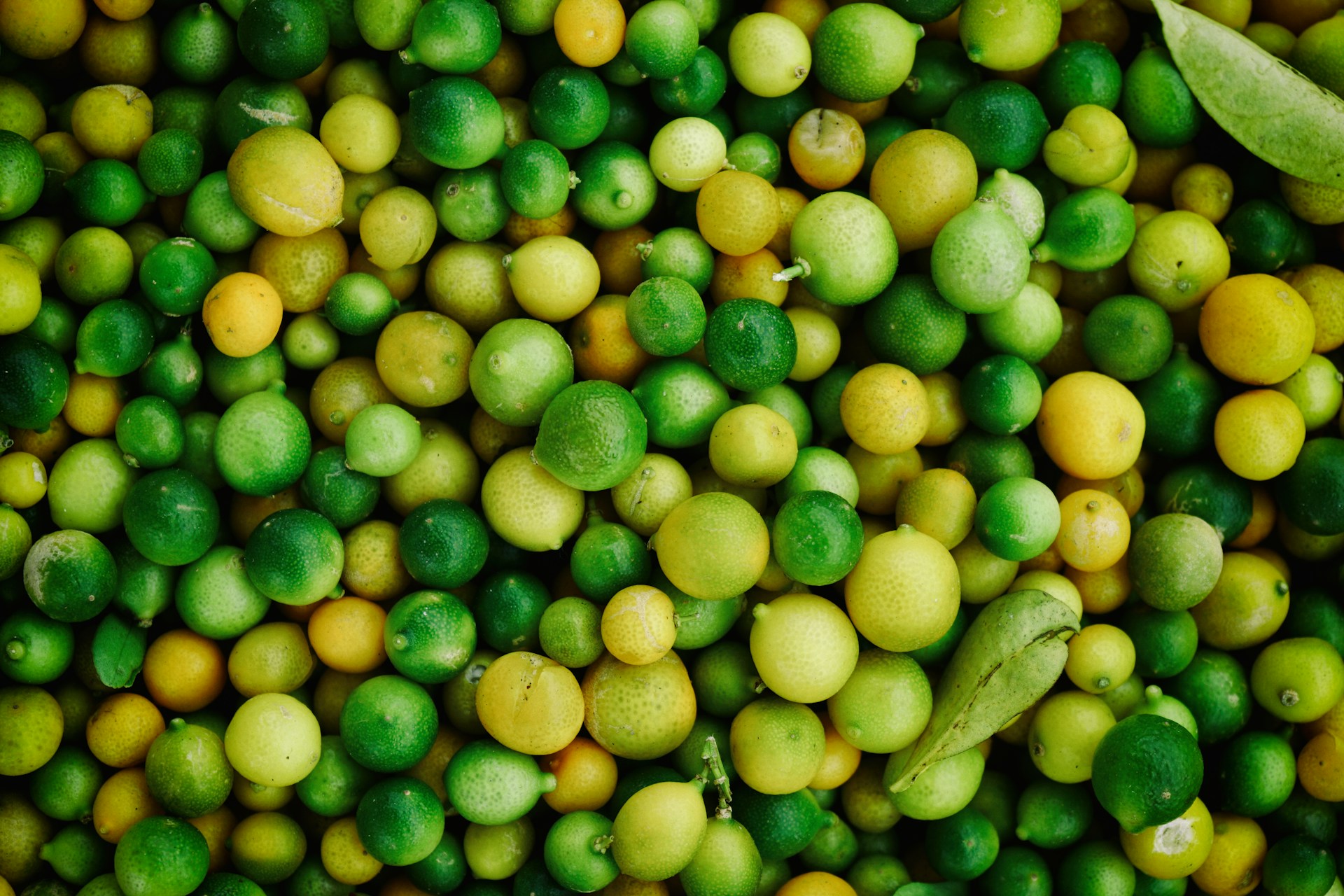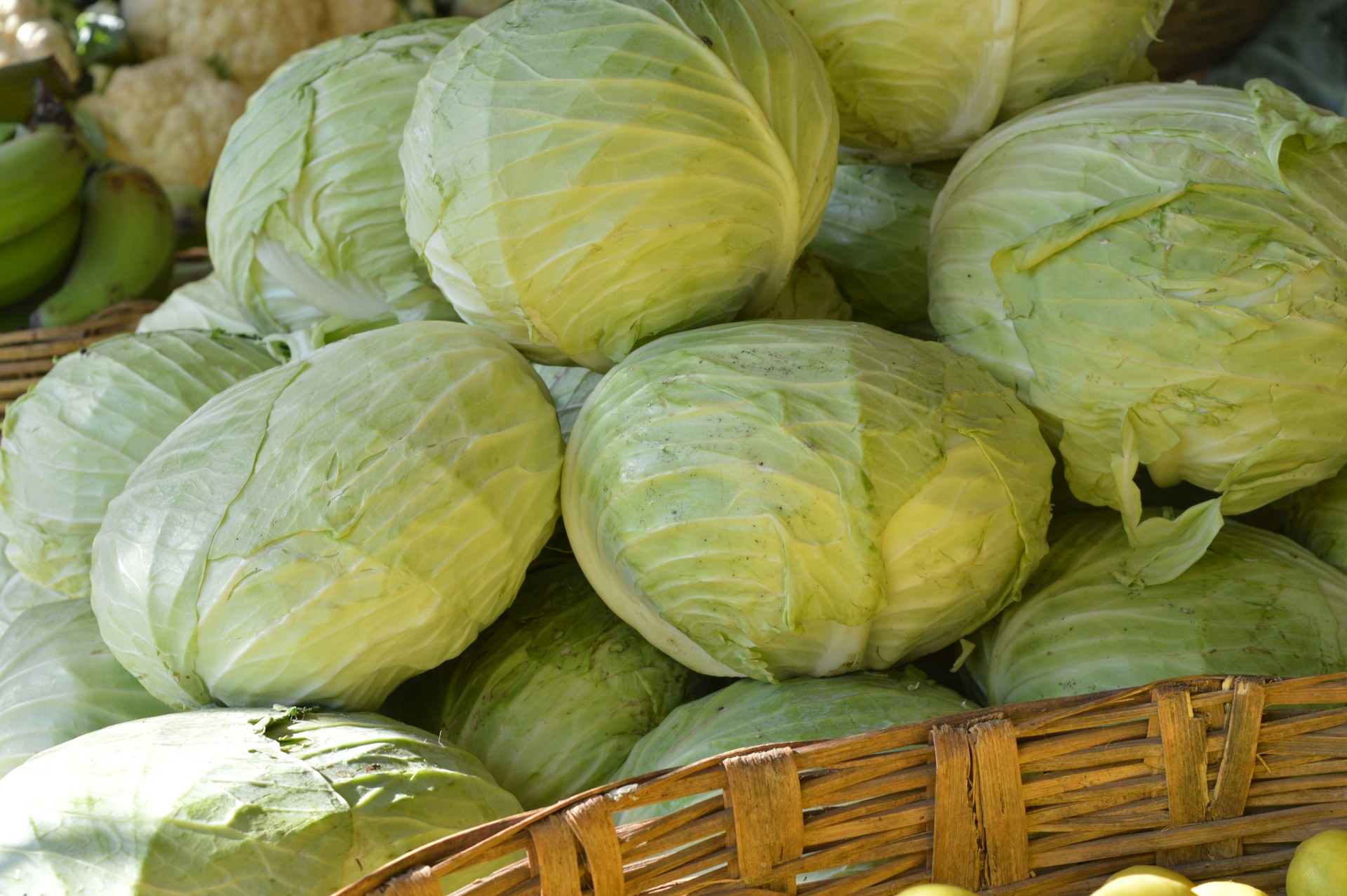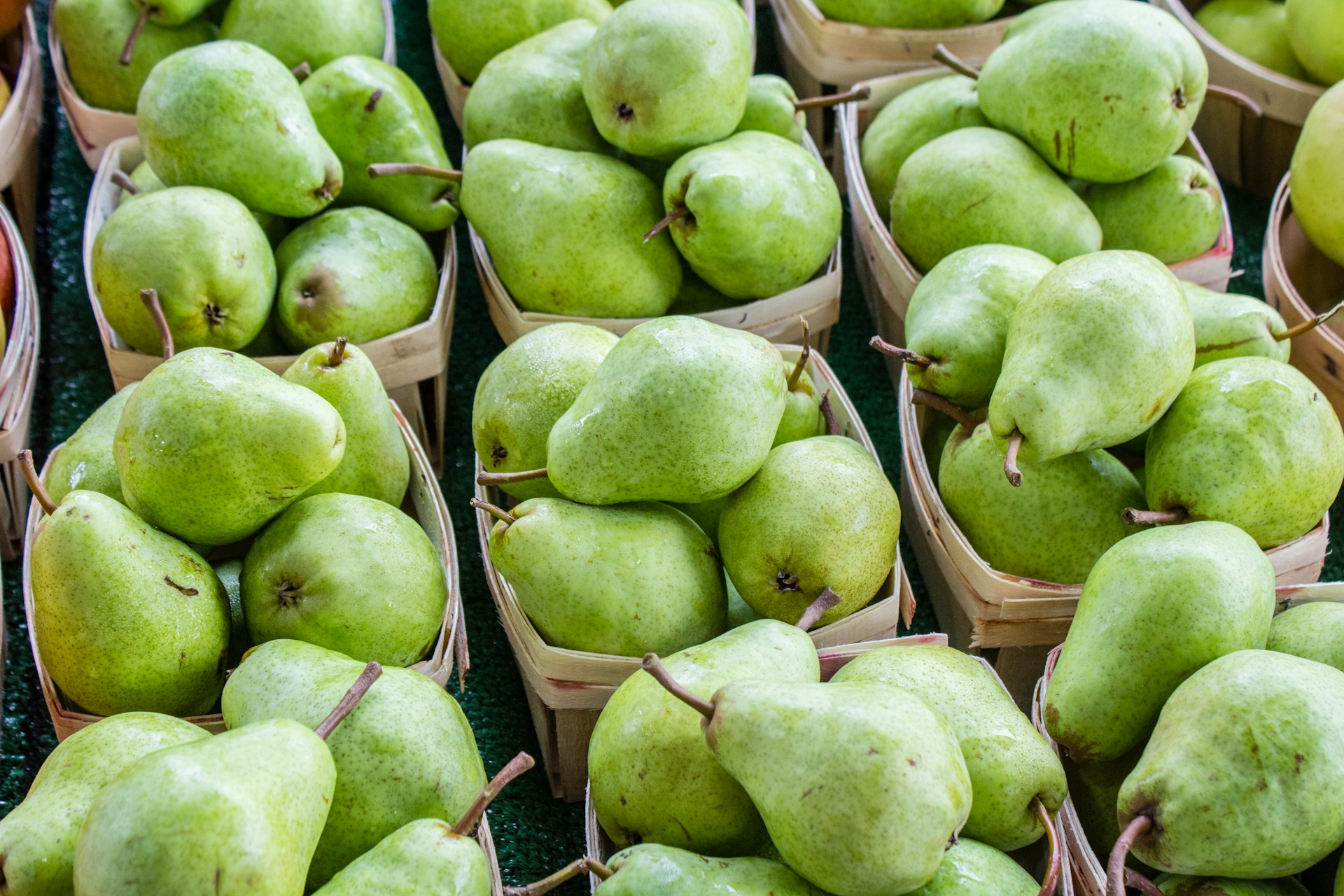The modern consumer is more discerning than ever.
No longer is it sufficient to just provide a product; consumers want to know its provenance too.
This is nowhere more evident than in the fresh produce sector.
The demand for visibility presents both challenges and opportunities.
It signifies an era where accountability, sustainability, and transparency take center stage.
This article explores the increasing global consciousness about traceability in produce distribution.
Contents
Consumer Demands For Traceability In Produce Distribution
1. Information on Pesticides Used During Cultivation
The use of pesticides in cultivation has been a subject of public interest for many years due to its potential impacts on human health and the environment.
The consumer’s desire to know about the pesticides used, their type, quantity, and frequency of use, is valid and essential to making informed purchasing decisions.
This information can provide consumers with an insight into the potential levels of chemical residues that may be present in their purchased produce.
Pesticide usage reports that are clear, comprehensive, and accessible would significantly contribute to achieving transparency in the produce distribution process.
In seeking this information, consumers demonstrate an increasing consciousness about food safety and the influence of cultivation practices on their health and the environment.
Pesticides are substances used to prevent, destroy, or control a range of pests in agriculture, including insects, rodents, weeds, fungi, and bacteria. The use of these substances is common in both traditional and contemporary agricultural practices.
However, concerns about the harmful effects of pesticides on human health and the environment have led to increased scrutiny of their use, particularly in food production.
Consumers often lack information about the pesticide use during growing phases, hence establishing a link between the farm and the supermarket shelf can be difficult.
Across the globe, there are varying regulations and standards for pesticide usage, and some may not align with the concerns and preferences of many consumers.
For instance, while some pesticides approved in one country might be outlawed in another, this information is rarely conveyed to the consumer.
Furthermore, not all pesticides are created equal – some are more toxic or persistent in the environment than others, and this may influence the level of risk associated with their use.
The uncertainty and inconsistency in regulations and information accessible to consumers underline the importance of transparency in the cultivation process.
To achieve this transparency, the produce distribution process needs to incorporate and communicate comprehensive information about all aspects of pesticide use during cultivation.
This includes detailing the types of pesticides used, their toxicity, the frequency of application, and the methods used to ensure that any remaining residues do not exceed safe levels.
By doing so, consumers would be more equipped to make informed decisions about the produce they purchase, contributing to greater consumer confidence in the produce distribution process.
2. Verification of Organic or Non-GMO status
When it comes to produce distribution, large parts of consumers demand traceability relating to the Organic or Non-GMO status of products.
The Organic or Non-GMO status indicators provide consumers with confidence that the produce they’re purchasing is safe and aligns with their lifestyle choices and values.
For many consumers, understanding whether a product is organic or Non-GMO goes beyond just knowing what they are eating or how the plant was grown, it’s a matter of principle and choice.
Consumers often associate organic and Non-GMO labels with a level of quality that they are willing to pay a premium for.
Producers have to undergo strict certification processes to gain organic or Non-GMO status, thus proving their commitment to producing food in a way that reduces environmental impact and promotes biodiversity.
Increasingly, consumers are demanding more transparency in these certification processes to ensure they are valid and that the products they are buying truly meet these standards.
Meeting these demands requires a commitment to comprehensive record keeping which is next to impossible without using some kind of traceability system.
Such a system must be able to verify that no genetically modified seeds were used, that sustainable farming practices were implemented and that no unapproved synthetic pesticides, fertilizers or other chemicals were used during cultivation.
Pose a significant challenge for producers who also need to balance the demands of price competitive markets.
However, ensuring the authenticity of an organic or Non-GMO claim has far-reaching implications for the entire supply chain, affecting not only the consumer but also the retailer and the producer.
Consumers benefit by getting the product they want, producers benefit by justifying a higher price, and distributors and retailers benefit by attracting a dedicated customer base.
Yet this model only works when consumers can trust that the organic or Non-GMO label is valid.
For this reason, the traceability of how an organic product was cultivated and arrives at the market is of paramount importance to the integrity of the organic label.
Tackling the issue of traceability can seem daunting, but it is crucial for maintaining consumer trust and reinforcing the value that organics provide over conventionally-grown produce.
Undoubtedly, organic and Non-GMO traceability is central to meeting consumer demands in the field of produce distribution, and they play a fundamental role in shaping the industry’s path moving forward.
3. Details about the farm and farmer
Understanding the origin of our food is a crucial aspect of traceability in the produce distribution.
One cannot discuss traceability without emphasizing the details about the farm and the farmer.
The consumer is interested in knowing where exactly the produce originates, the type of farm it was grown in, and the farmer responsible for its cultivation.
Having detailed information about the farm includes knowing its exact location, the acreage it covers, and the type of farm it is; be it small-scale, family-owned or a large commercial farm.
This becomes essential in cases where the origin of the farm directly influences the quality of the produce.
For instance, it could be a biodynamic farm where special farming practices are implemented to cultivate pesticide-free produce.
In other cases, the farm might be located in a region known for cultivating superior quality produce, thus adding a premium to the value of the fruits or vegetables.
At the same time, we must not overlook the importance of the farmer.
The farmer’s details would include his experience in farming, his farming practices, and any certifications he may possess.
There are farmers who have been certified for following responsible and sustainable farming practices.
Such certifications assure the consumer that the farmer is following the best practices in regard to the environment as well as the produce.
This would include the use of water resources, the type of pesticides (if any), and the overall impact of the farming practices on the environment.
Sharing the farmer’s story, his dedication, and his struggles also adds a personal touch to the produce, making consumers feel more connected to the person who grew their food.
These details may also contribute to the decision-making process of the consumer when selecting produce.
Therefore, consumers not only know the nutrient content of the produce they are consuming, but also the backstory involving the people and the place that brought it to their table.
Reliable details about the farm and the farmer affect the traceability of the produce from farm to fork and play a significant role in the consumer’s perception of its quality.
4. Date and place of harvest.
In the realm of produce distribution, knowing the date and place of harvest is increasingly becoming a non-negotiable for conscious consumers.
One of the key pieces of information they demand is the exact date when fruits or vegetables were harvested.
This gives buyers an idea of how fresh their chosen produce is and assists them in making informed decisions about what they consume.
More importantly, knowing the date of harvest benefits consumers in a health standpoint as well since produce freshness has a direct impact on nutrient content.
Prolonged storage and transportation periods may cause fed fruits and vegetables to lose their nutritional value, hence the significance of the harvest date in ensuring they derive maximum benefits from their food.
Furthermore, learning about the location or place of harvest plays a huge role in the consumers’ demand for traceability.
Similar to the date of harvest, the place of harvest also has implications for the produce’s quality and safety.
Different regions might have distinct soil compositions, climates, and cultivation practices, all of which have a direct bearing on the characteristics of the fruits or vegetables grown in those areas.
Besides, knowledge of the specific place of harvest allows consumers to support local farmers and reduce their carbon footprint by opting for produce not transported over long distances.
In addition to this, linking the produce back to its origin can also provide insights into its growth conditions, offering further assurance about its quality.
This transparency about the place and date of harvest not only helps to foster a trust-based relationship with consumers, but also promotes responsible and sustainable farming practices.
When it comes to produce distribution, the request for information about the date and place of harvest is nothing short of a plea for greater transparency and accountability.
By knowing when and where their food comes from, consumers can make sure that they’re buying the freshest, highest quality, and most responsibly grown foods.
As awareness and concern for the quality and safety of food grow, the demand for comprehensive information concerning the date and place of harvest will continue to increase.
Thus, farmers, distributors, and retailers should recognize this as an opportunity to meet consumer demands and enhance their competitiveness in the market.
5. Transparency about storage and transportation process
The storage and transportation process of produce has significantly been under the radar of consumers.
Considering the criticality of these processes, consumers are now more informed and affirmative of their demands for transparency.
Delving into the details of storage, it is essential that the produce is kept under preferred conditions to preserve its freshness and nutritional value.
The details of temperature, humidity, and specific procedures followed during storage must be transparent for the buyer.
For instance, an apple stored under appropriate temperature will have a longer shelf life, and the consumers have the right to this information.
Understanding that transparency in these details can play a significant role in judging the quality of the produce is now a common consumer expectation.
When it comes to transportation, the time taken from farm to store, the conditions during transportation, and the methods used for preservation, are some factors that are significant from a buyer’s perspective.
Produce like berries require cold chain transportation to maintain freshness, and such information can impact the buying decision.
A detailed communication about the transportation process also becomes critical to ensure that the produce is not subjected to excess travel time which could affect its quality.
Moreover, the mode of transportation could also affect the carbon footprint, thus transparency in this information can help the buyers making a more informed and sustainable choice.
The transparency requirement extends further to the handling and delivery method of the produce.
Many consumers prefer to support brands that exhibit responsible handling practices, like minimal use of plastic during the delivery process.
The call for transparency in the storage and transportation processes has also been supported by the rise of technology.
Technologies like blockchain and Internet of Things (IoT) are making it possible for companies to offer the consumers end-to-end visibility of the produce journey.
It is only through this complete transparency can a brand build trust and meet the growing consumers demands for traceability in produce distribution.
The Bottom Line
Having thoroughly examined the extensive array of factors, from the implementation of pesticides in cultivation, the confirmation of Organic or Non-GMO status, the underlying details related to the farm and the farmer, to the explicitness of the date and place of harvest, and finally, to the transparency of the storage and transportation process, it is clear that these elements play irreplaceable roles in establishing the quality, safety, and authenticity of agricultural products.
The consumer’s demand for transparency and accountability in food production optimizes the industry for more ethical, sustainable and health-focused practices.
Hence, it is of prime importance that we continue to uphold and promote these stringent standards at every level of our food production system.




